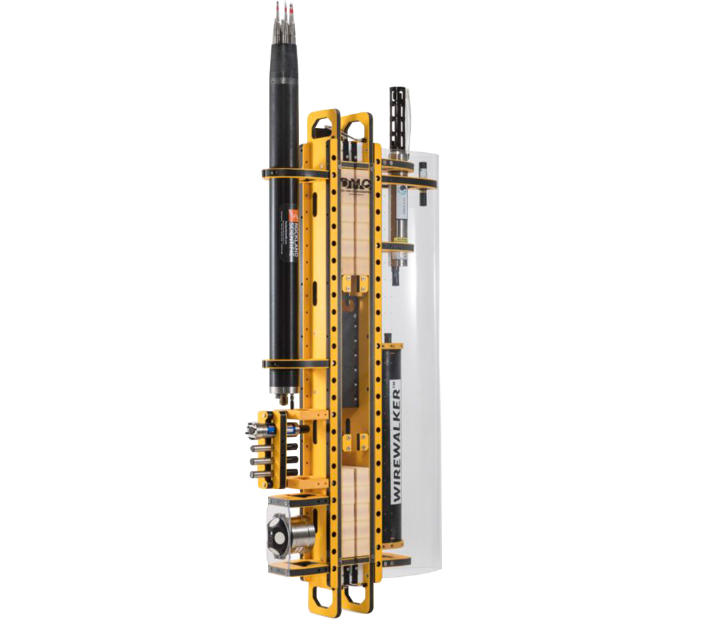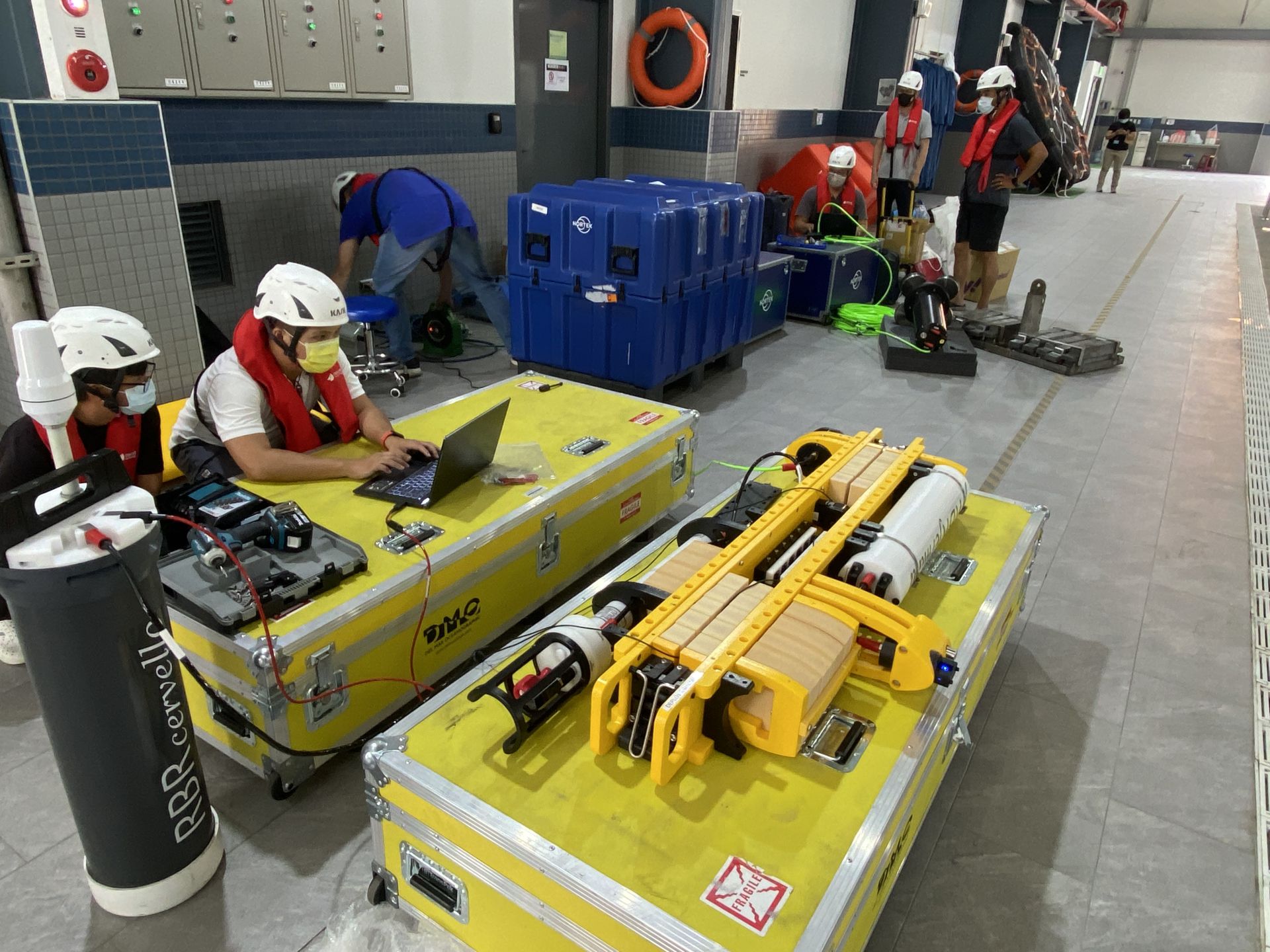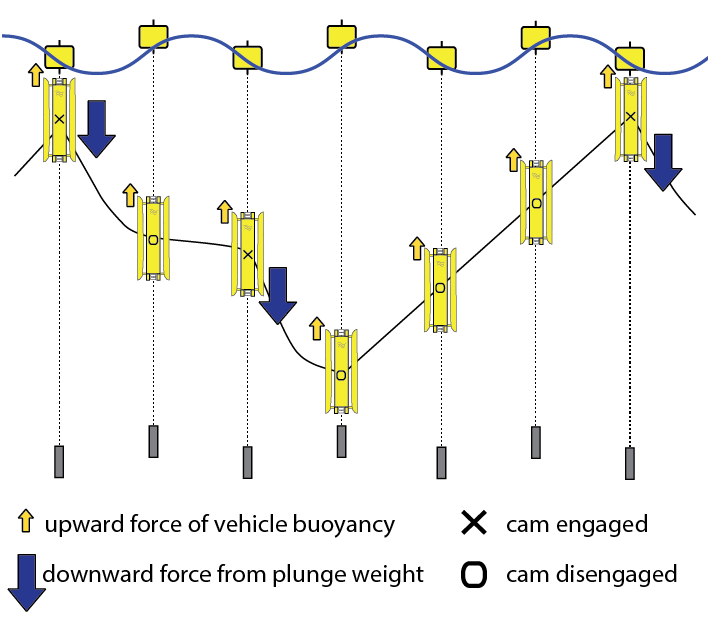依據歐盟施行的個人資料保護法,我們致力於保護您的個人資料並提供您對個人資料的掌握。 我們已更新並將定期更新我們的隱私權政策,以遵循該個人資料保護法。請您參照我們最新版的 隱私權聲明。
本網站使用cookies以提供更好的瀏覽體驗。如需了解更多關於本網站如何使用cookies 請按 這裏。
WireWalker 浮動式探測平台
商品編號:DMO WireWalker
The Wirewalker™ (WW) profiling vehicle, developed by the Ocean Physics Group at the Scripps Institution of Oceanography (SIO), provides a platform for observing oceanographic phenomena that vary rapidly in depth and time.
WIREWALKER™
Turbulence Microstructure Measurements from a Wave Powered Profiler
The Wirewalker™ (WW) profiling vehicle, developed by the Ocean Physics Group at the Scripps Institution of Oceanography (SIO), provides a platform for observing oceanographic phenomena that vary rapidly in depth and time. The smooth, “free rising” mode of operation of the WW makes it a suitable platform for the measurement of small scale turbulence. A collaborative attempt between SIO and Rockland to gather estimates of microstructure and the dissipation of turbulent kinetic energy was carried out in the summer of 2012 using a WW and a Rockland MicroRider-1000 turbulence instrument.
The WW platform provided a unique opportunity for Rockland to test the performance of the MicroRider for fast and repetitious autonomous profiles in a single location, observing the time evolution of turbulence features in the water column.
The Wirewalker™ system consists of a positively buoyant vehicle that is driven along a wire by surface waves. The wire is used to suspend a ~10Kg subsurface weight from a surface float (typically 0.5m diameter). The float-wire-subsurface weight assembly moves vertically with surface waves, while a cam mechanism inside the vehicle rectifies that two-way motion into one direction motion (downwards). Once the bottom stop is encountered, the cam mechanism is mechanically disengaged, and the positively buoyant vehicle rises to the surface, completely decoupled from the wire. With this method, high quality ocean turbulence data can be collected on each upcast.
Wirewalker™ with MicroRider-1000 turbulence package
Turbulence Microstructure Measurements from a Wave Powered Profiler
The Wirewalker™ (WW) profiling vehicle, developed by the Ocean Physics Group at the Scripps Institution of Oceanography (SIO), provides a platform for observing oceanographic phenomena that vary rapidly in depth and time. The smooth, “free rising” mode of operation of the WW makes it a suitable platform for the measurement of small scale turbulence. A collaborative attempt between SIO and Rockland to gather estimates of microstructure and the dissipation of turbulent kinetic energy was carried out in the summer of 2012 using a WW and a Rockland MicroRider-1000 turbulence instrument.
The WW platform provided a unique opportunity for Rockland to test the performance of the MicroRider for fast and repetitious autonomous profiles in a single location, observing the time evolution of turbulence features in the water column.
The Wirewalker™ system consists of a positively buoyant vehicle that is driven along a wire by surface waves. The wire is used to suspend a ~10Kg subsurface weight from a surface float (typically 0.5m diameter). The float-wire-subsurface weight assembly moves vertically with surface waves, while a cam mechanism inside the vehicle rectifies that two-way motion into one direction motion (downwards). Once the bottom stop is encountered, the cam mechanism is mechanically disengaged, and the positively buoyant vehicle rises to the surface, completely decoupled from the wire. With this method, high quality ocean turbulence data can be collected on each upcast.
Wirewalker™ with MicroRider-1000 turbulence package
MVI_8565.MOV from Tyler Hughen on Vimeo.








